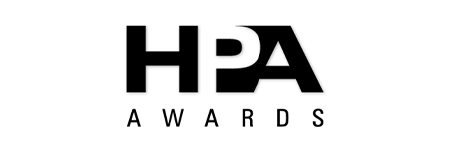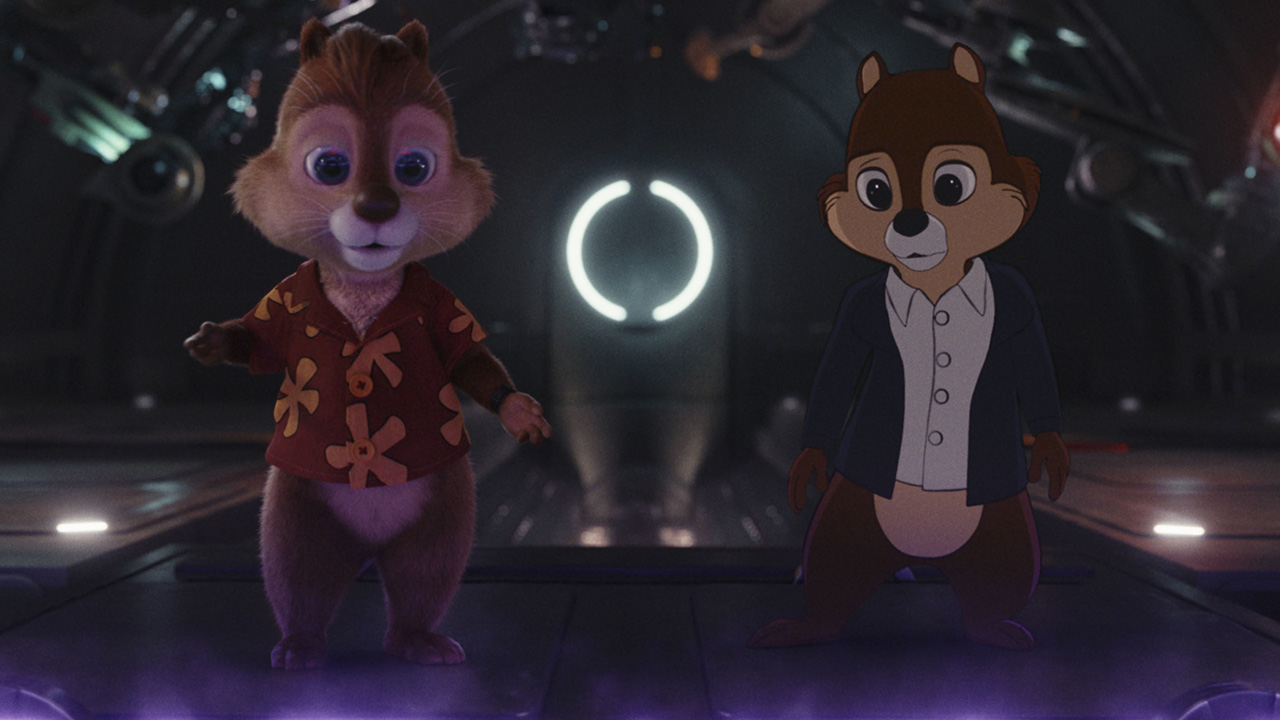Replicating Rachael for Blade Runner 2049 was both a huge honour for MPC as well as an exciting technical and creative challenge. The team lead by VFX Supervisor Richard Clegg worked closely with Director Denis Villeneuve and Production VFX Supervisor John Nelson.
One of the major challenges was how to approach the CG sculpt of Rachael’s head. Blade Runner was filmed more than 30 years ago and so Sean Young, the actress who played Rachael in the original movie, was younger at the time with different features.
MPC’s team started off with a detailed present-day scan of Sean Young’s head, captured on the ICT Light stage. This scan was used as a reference for MPC’s artists to hand model an anatomically accurate 3D skull. The skull is something that changes very little over time, so it was a good foundation for MPC to build their 20-year-old digital Rachael from. The digital sculpt gave the team a clear idea of the proportions of her head including the bridge of nose, cheekbones and jaw line.
With the CG skull accurately recreated, it was lined it up against scenes from the original 1982 movie. The available footage of Rachael wasn’t always ideal, due to the dark and contrasty lighting with a shallow depth of field that regularly put her in soft focus so a great deal of guess work was required. MPC’s 3D modeling artists then spent many hours sculpting the rest of the head over these images until they had created an identical match.
With the head sculpt completed the character’s hair and colour textures were worked on. The hair was styled using MPC’s proprietary groom software Furtility, built by MPC’s R&D team. The Furtility tool was used to match Rachael’s hair, eyebrows and eyelashes from her opening scene in Blade Runner.
Awards


To test they had accomplished a perfect likeness, MPC decided to recreate 3 shots from the original movie using their digital character. The CG head was then composited and reanimated over the top of the real footage. “We invited the filmmakers to see if they were able identify the digital double from the real actress” says VFX Supervisor Richard Clegg. “We knew we were on the right track as this proved difficult to do!”
During the shoot MPC’s onset team also captured videogrammetry of the performance using Dimensional Imaging’s DI4D capture rig. They captured Sean Young and the body double, who both, directed by Denis, reenacted the performance for every shot. At the same time, they also took MPC’s FACS capture kit to capture an array of facial poses and expressions.
When it came to animating the shots, the videogrammetry data served as a valuable reference, however the characters entire performance was hand animated by MPC’s artists. This animation technique gave the animators more flexibility and the director more control. Hundreds of facial shapes were built all modeled against footage of Sean Young to maintain the likeness. Every detail was important to the animators, from the shapes that her mouth makes when she talks to the number of folds in her eyelids.
